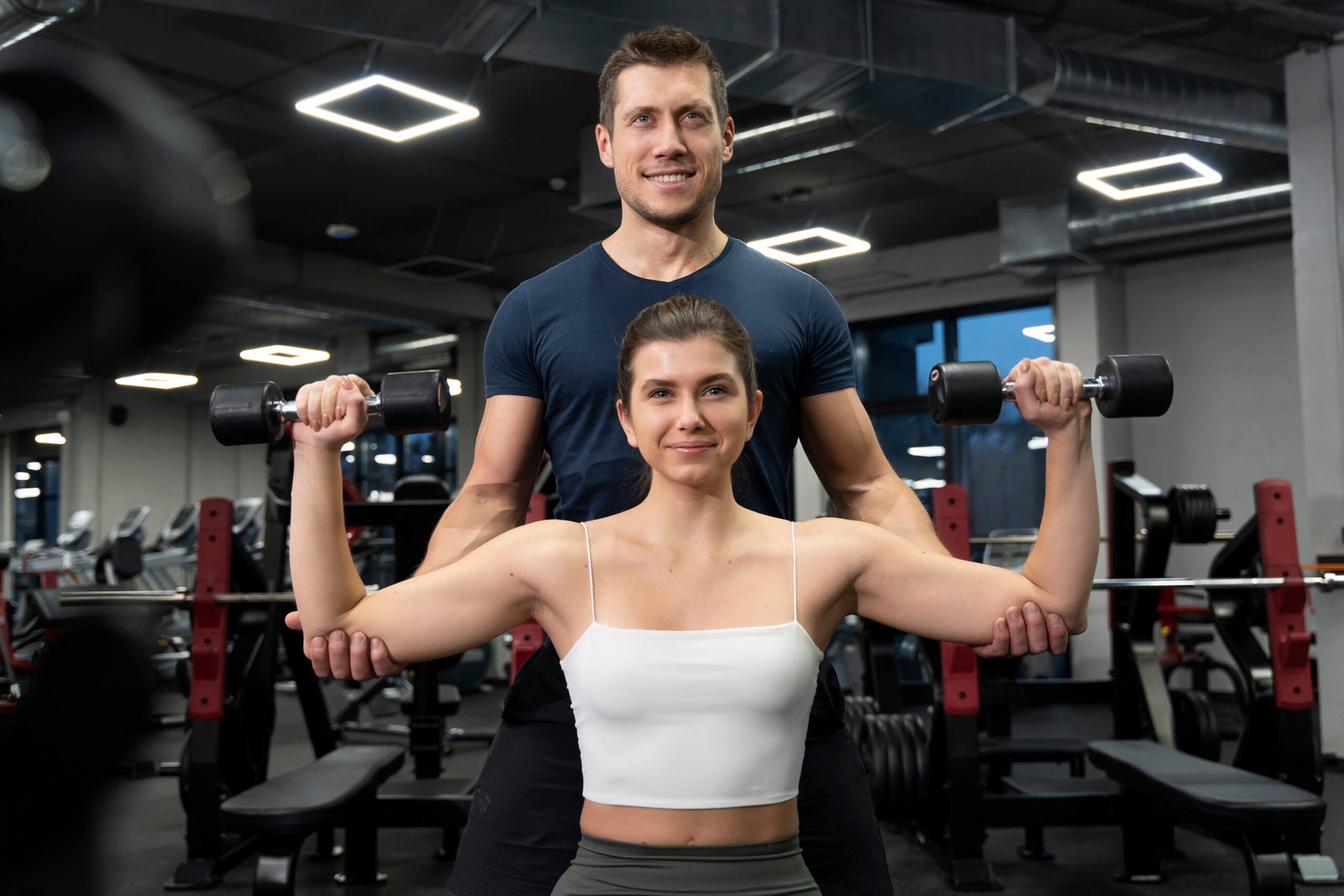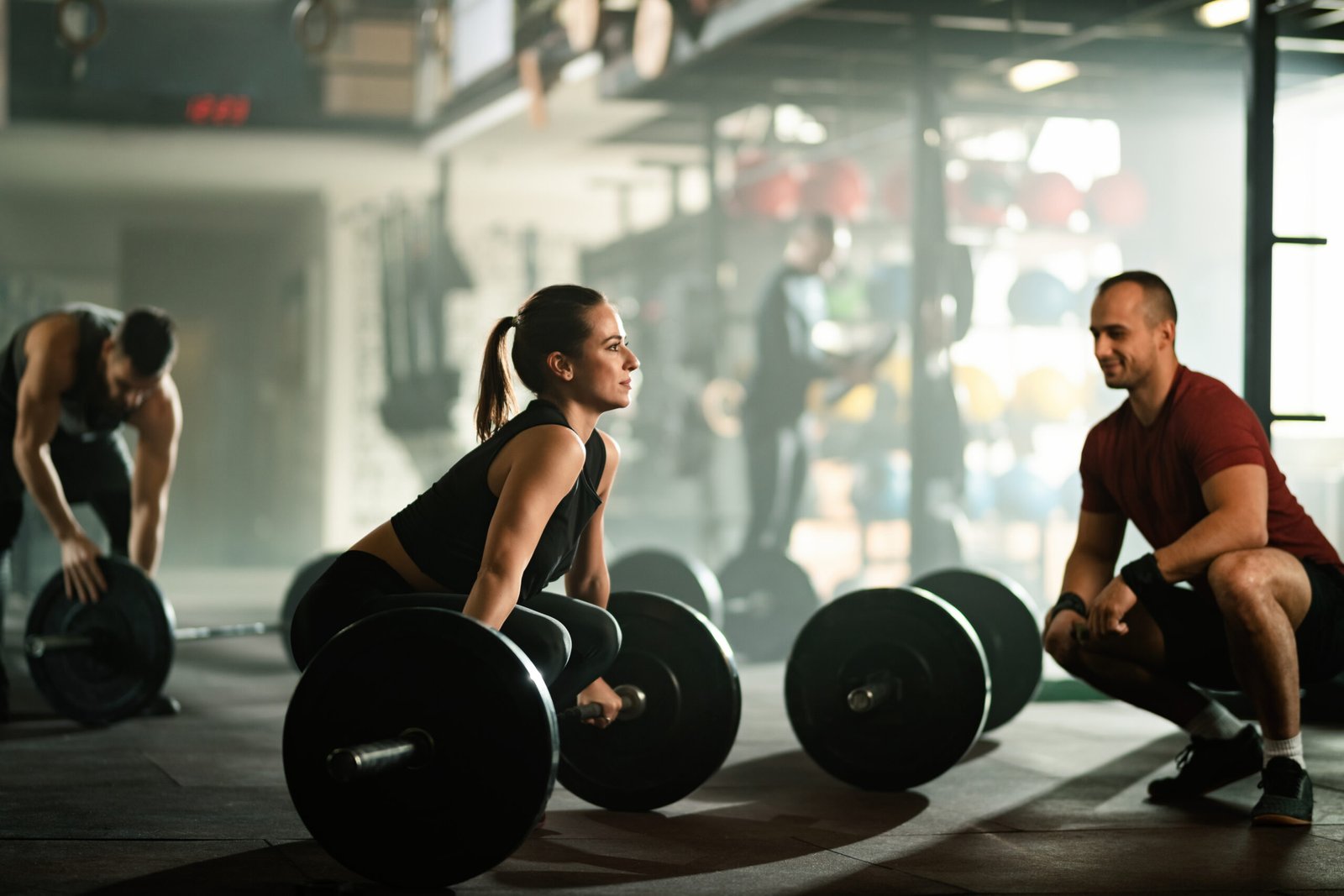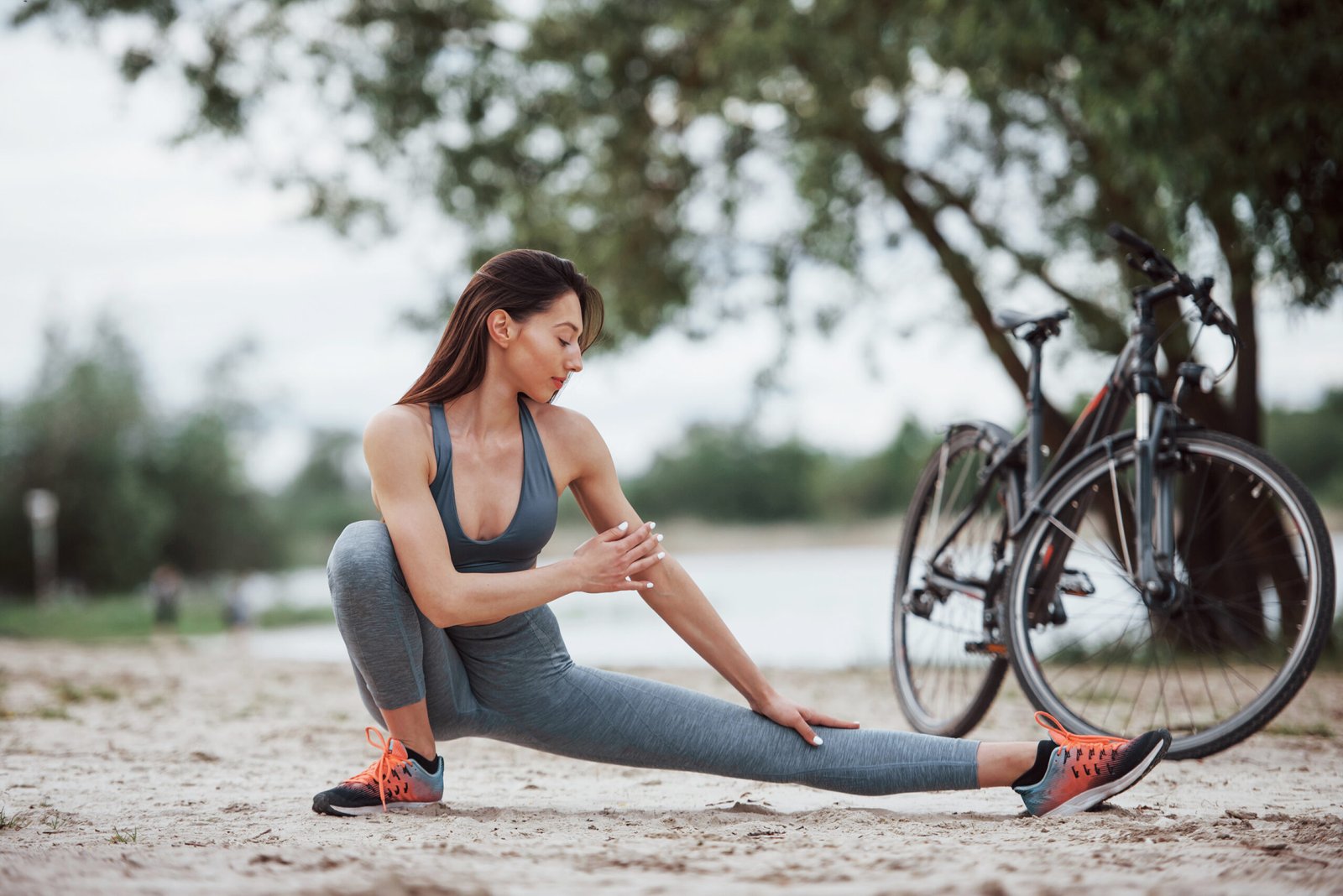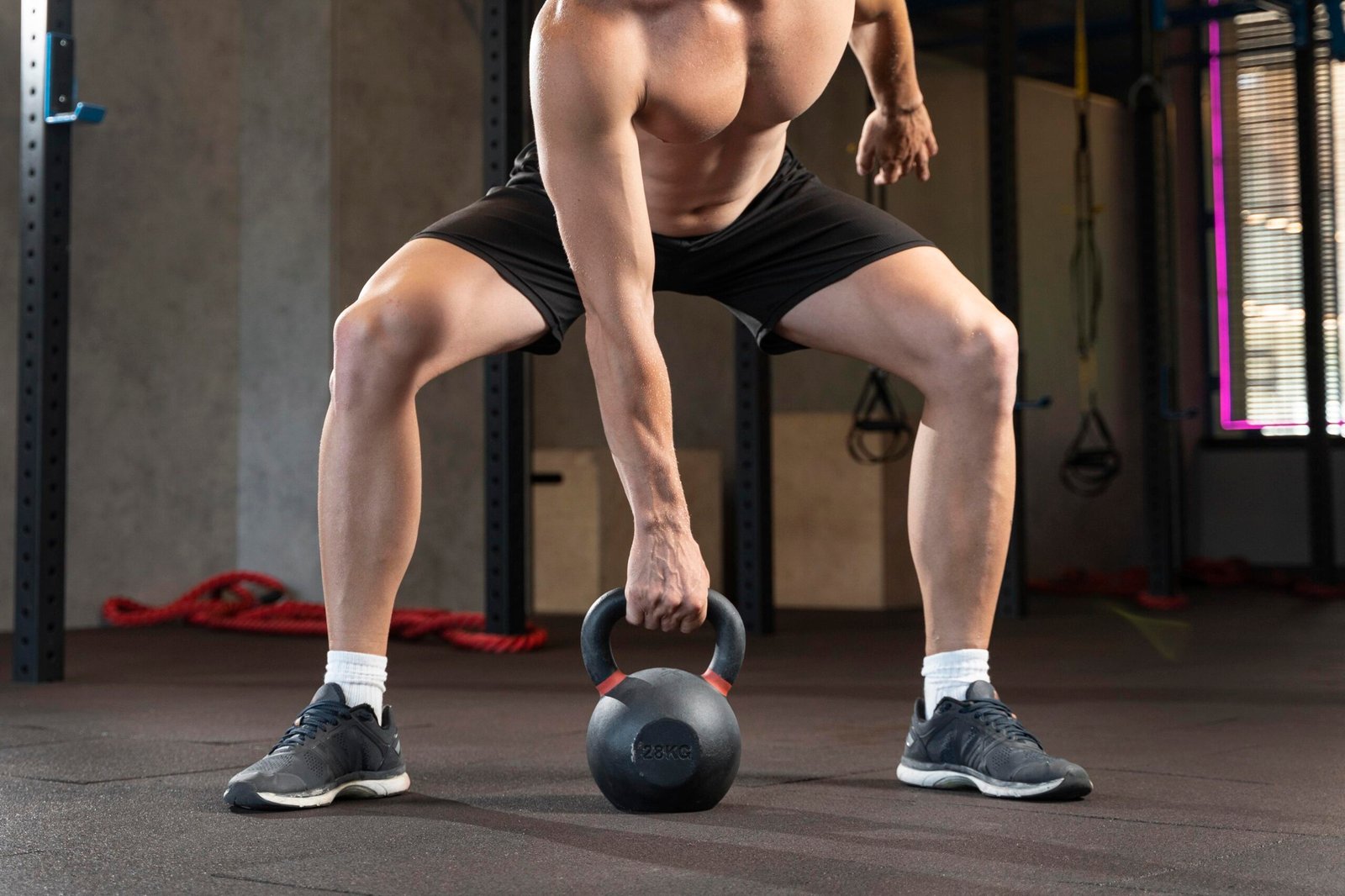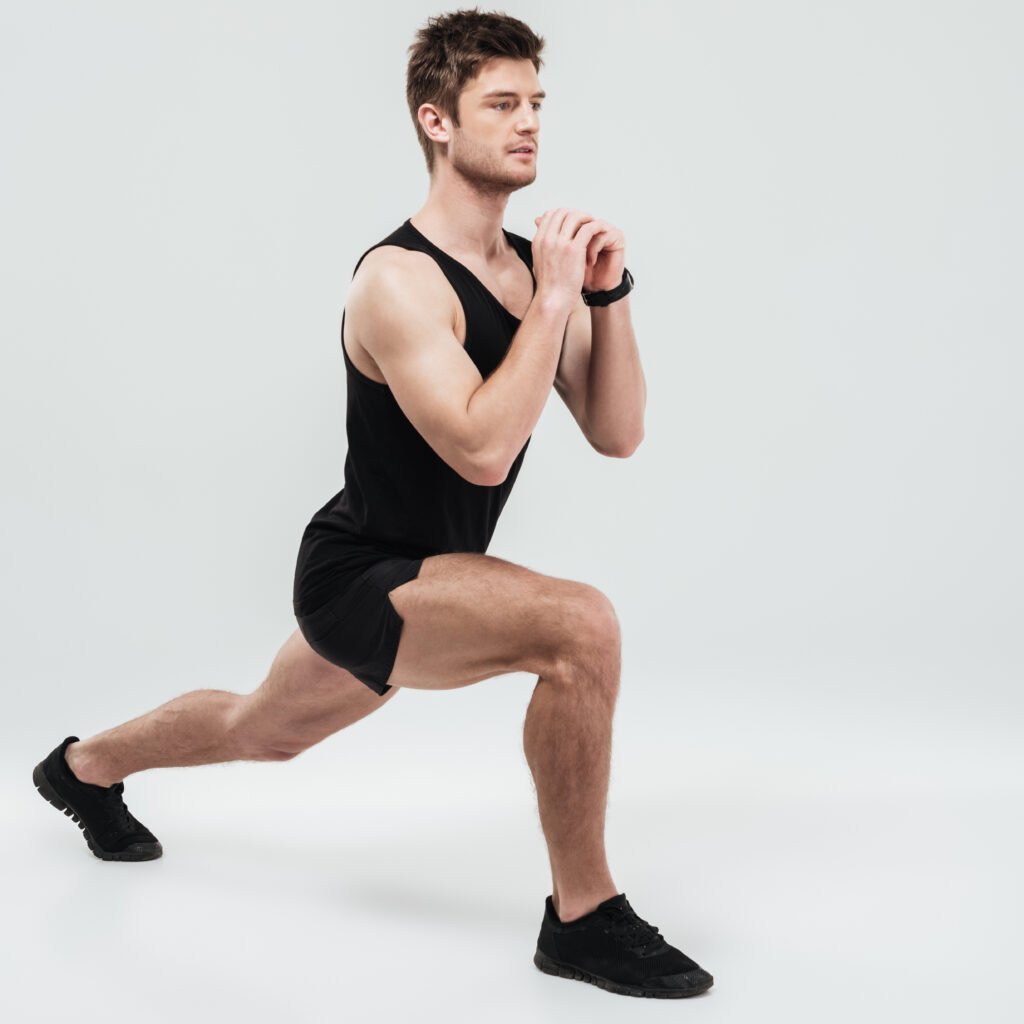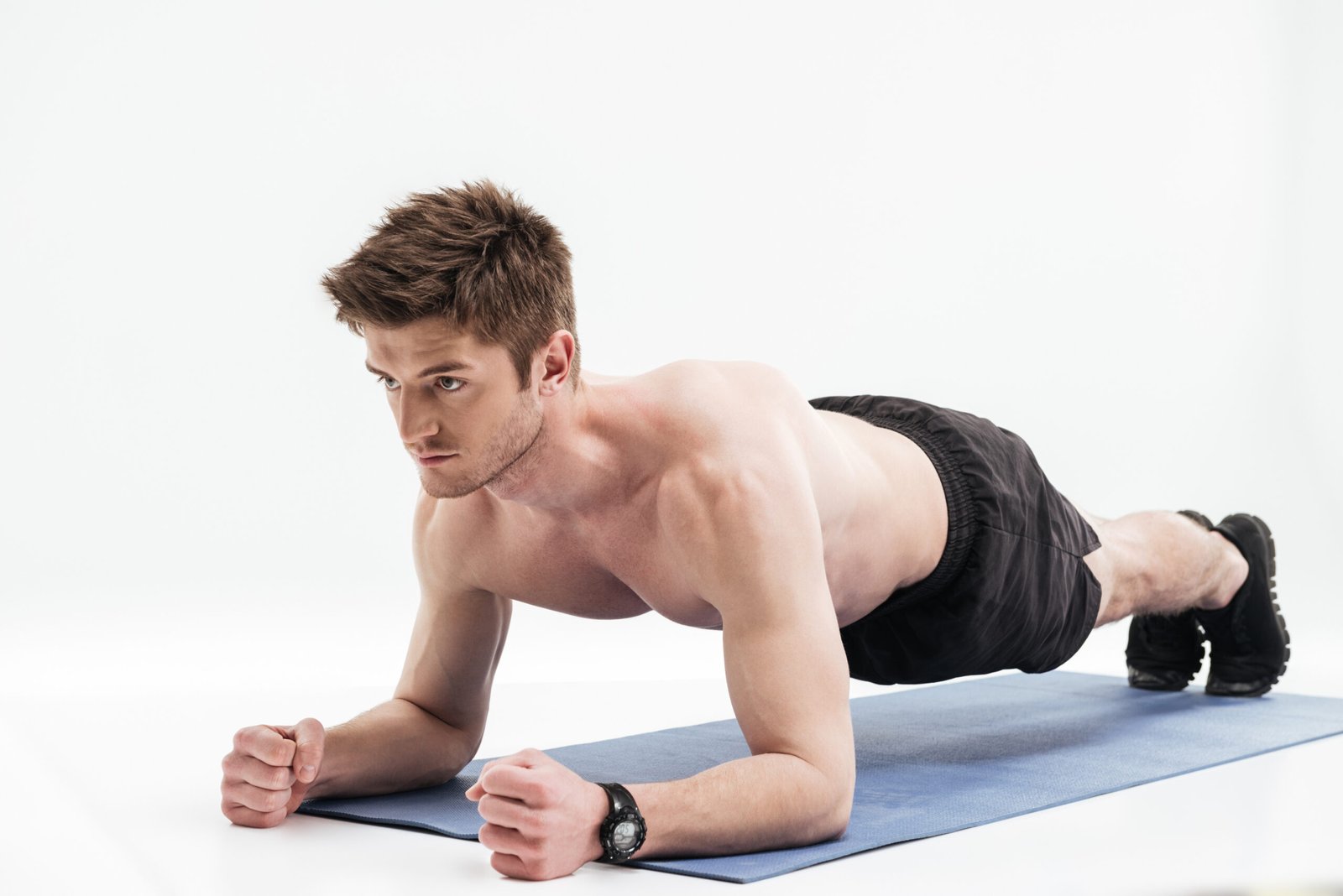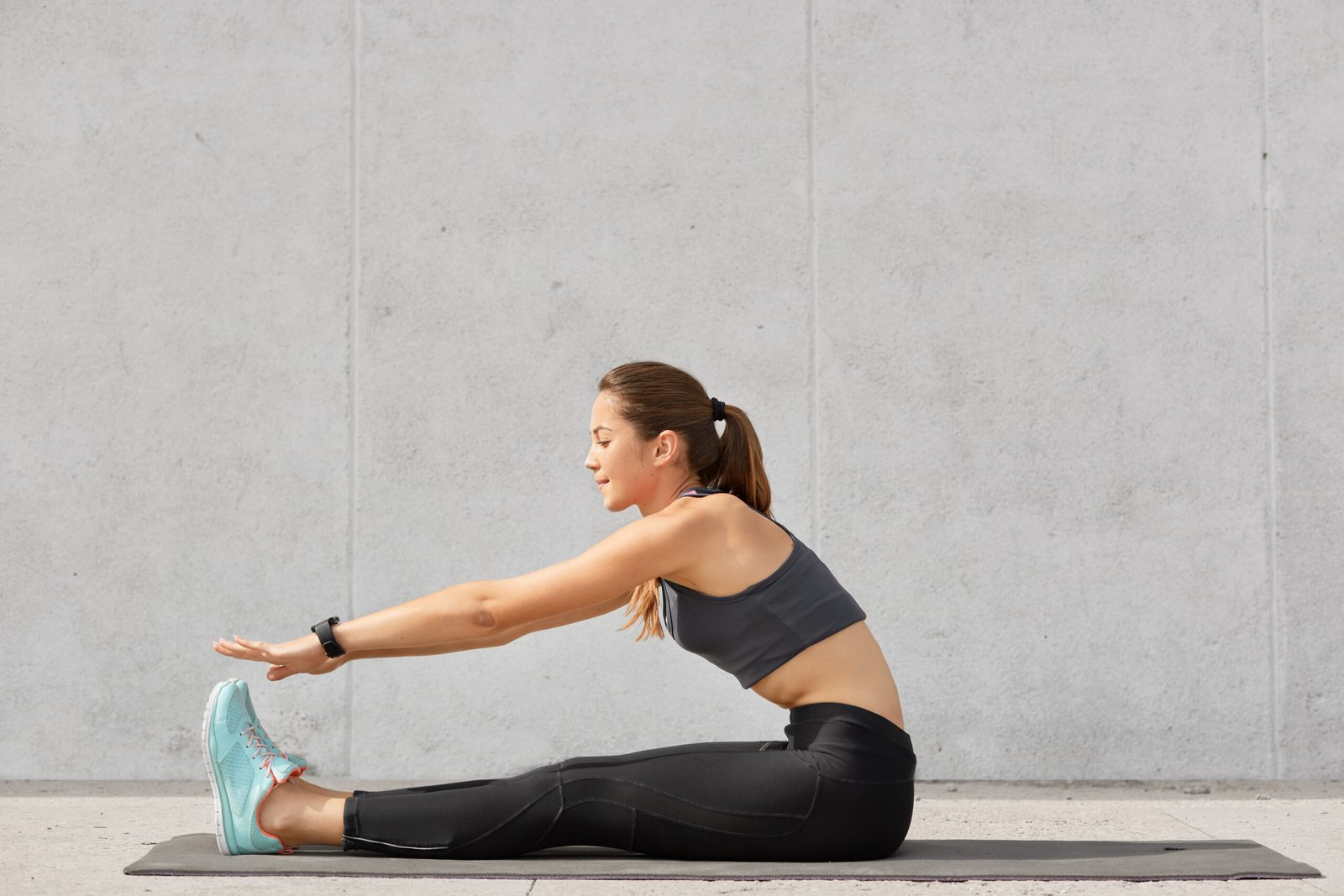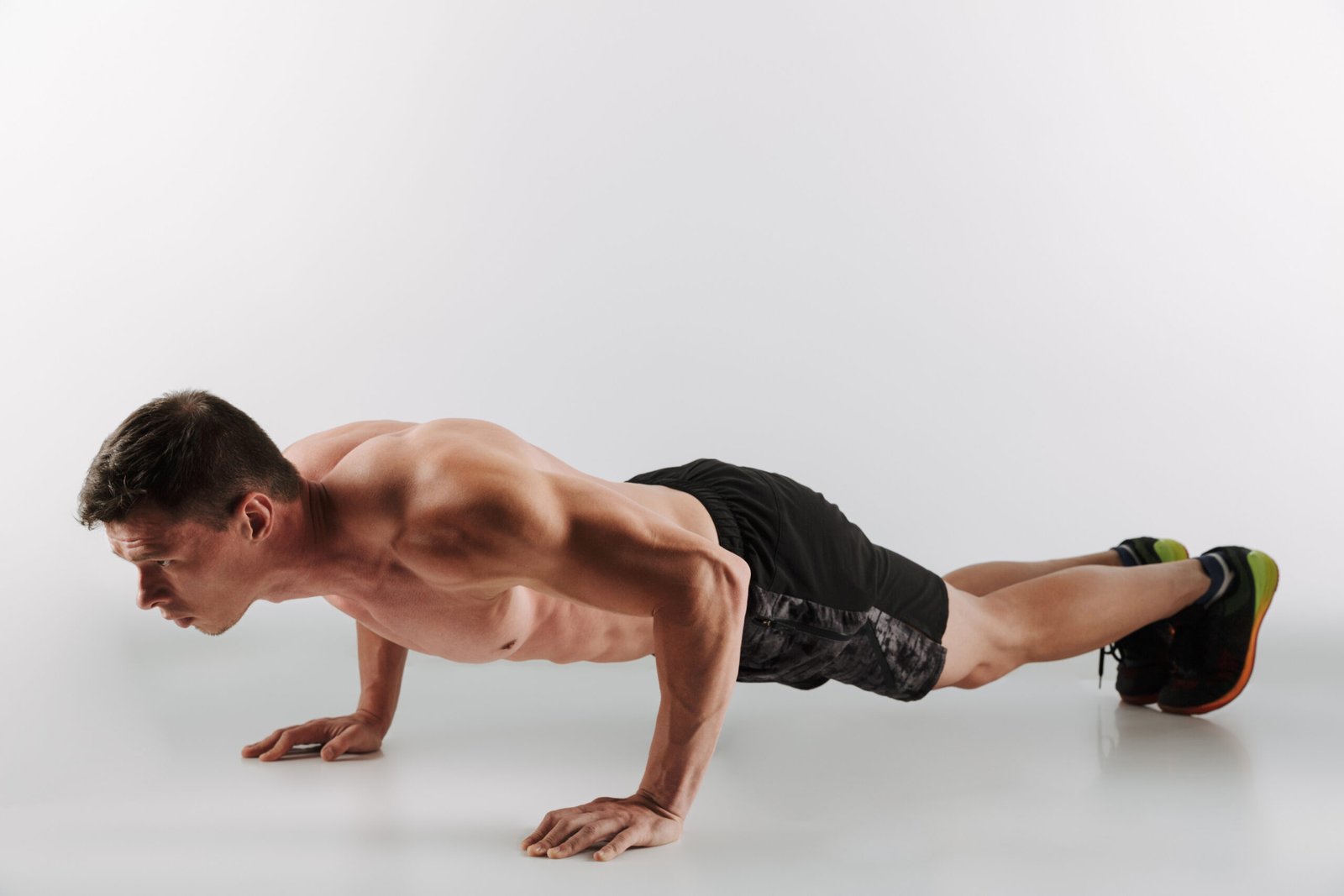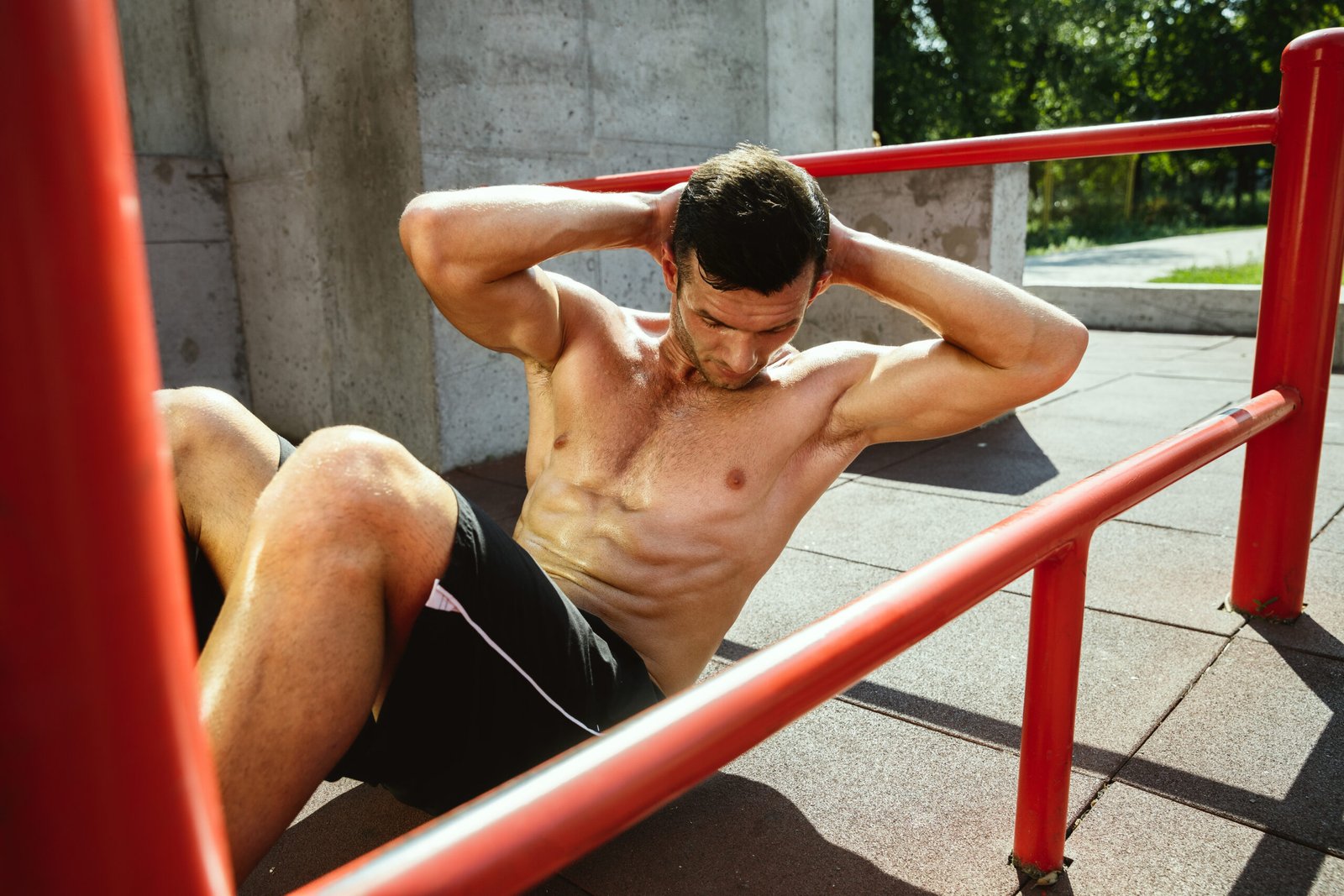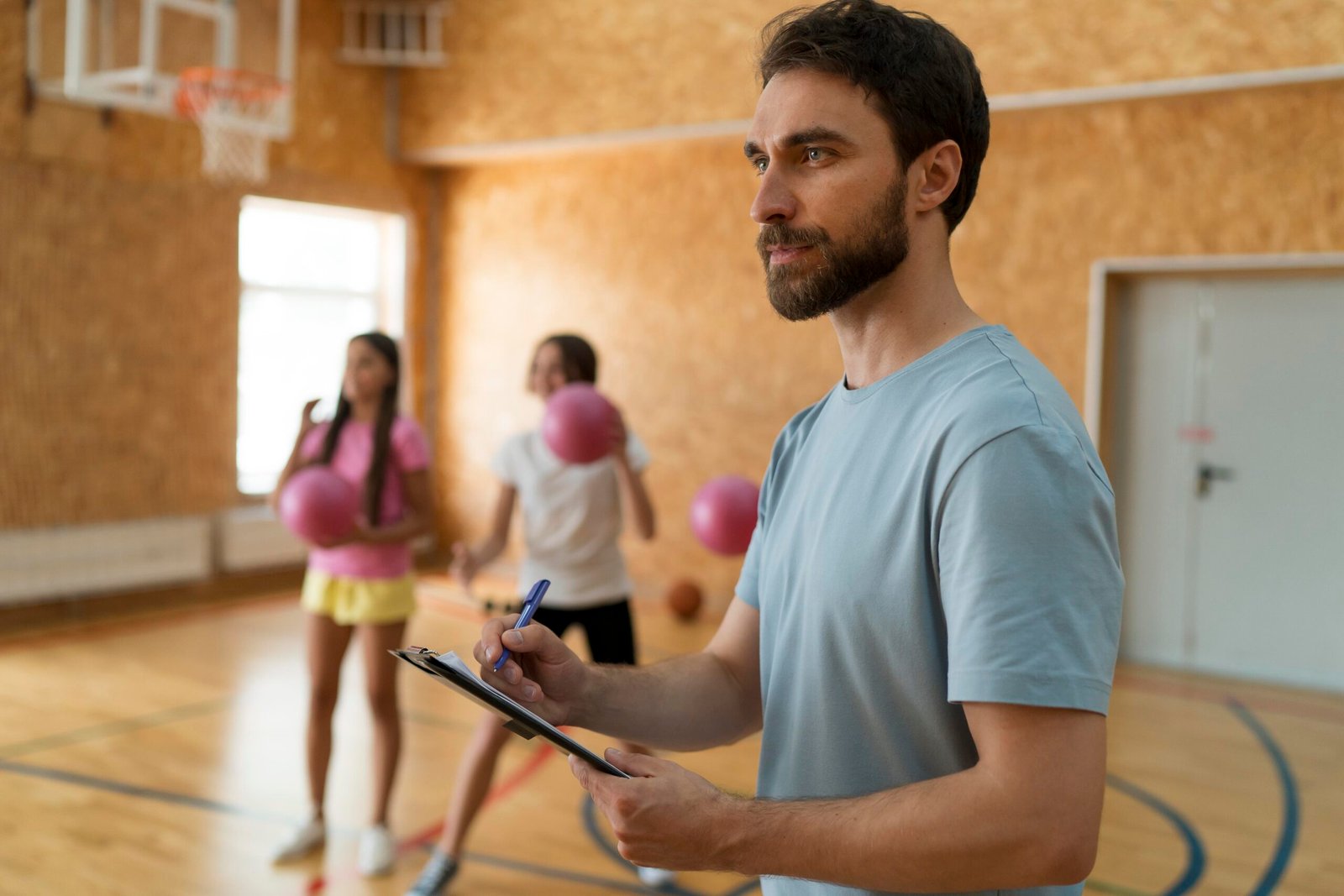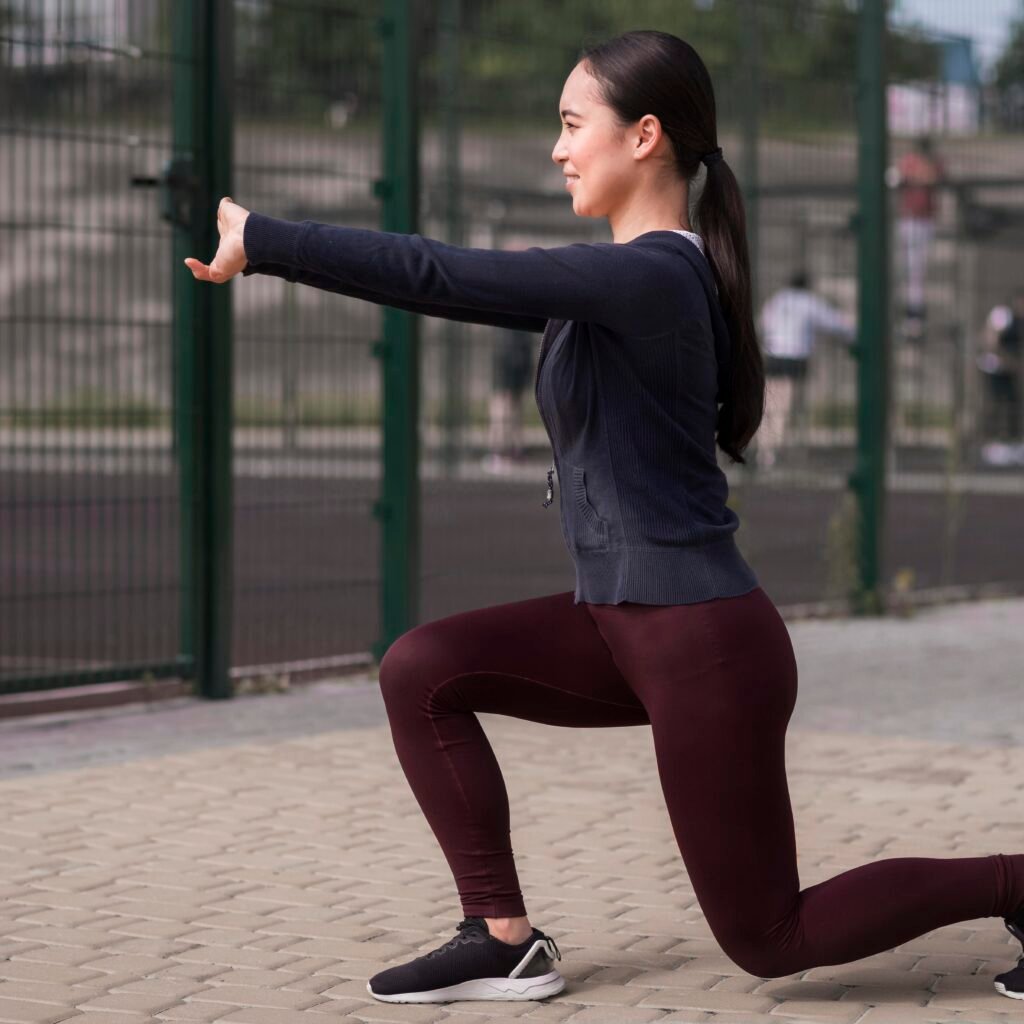Improve your athletic performance (and prevent injuries).
Yoga not only increases flexibility, but it also strengthens and relaxes the mind. For these reasons, it’s no surprise that athletes are increasingly incorporating yoga into their training. Many renowned athletes, including NBA stars LeBron James and Kevin Love, as well as Seattle Seahawks quarterback Russell Wilson, have openly stated that yoga has helped them maintain physical and mental health and focus.
Here are five yoga poses for athletes who want to improve flexibility, core strength, and mental focus.
1. Downward Facing Dog
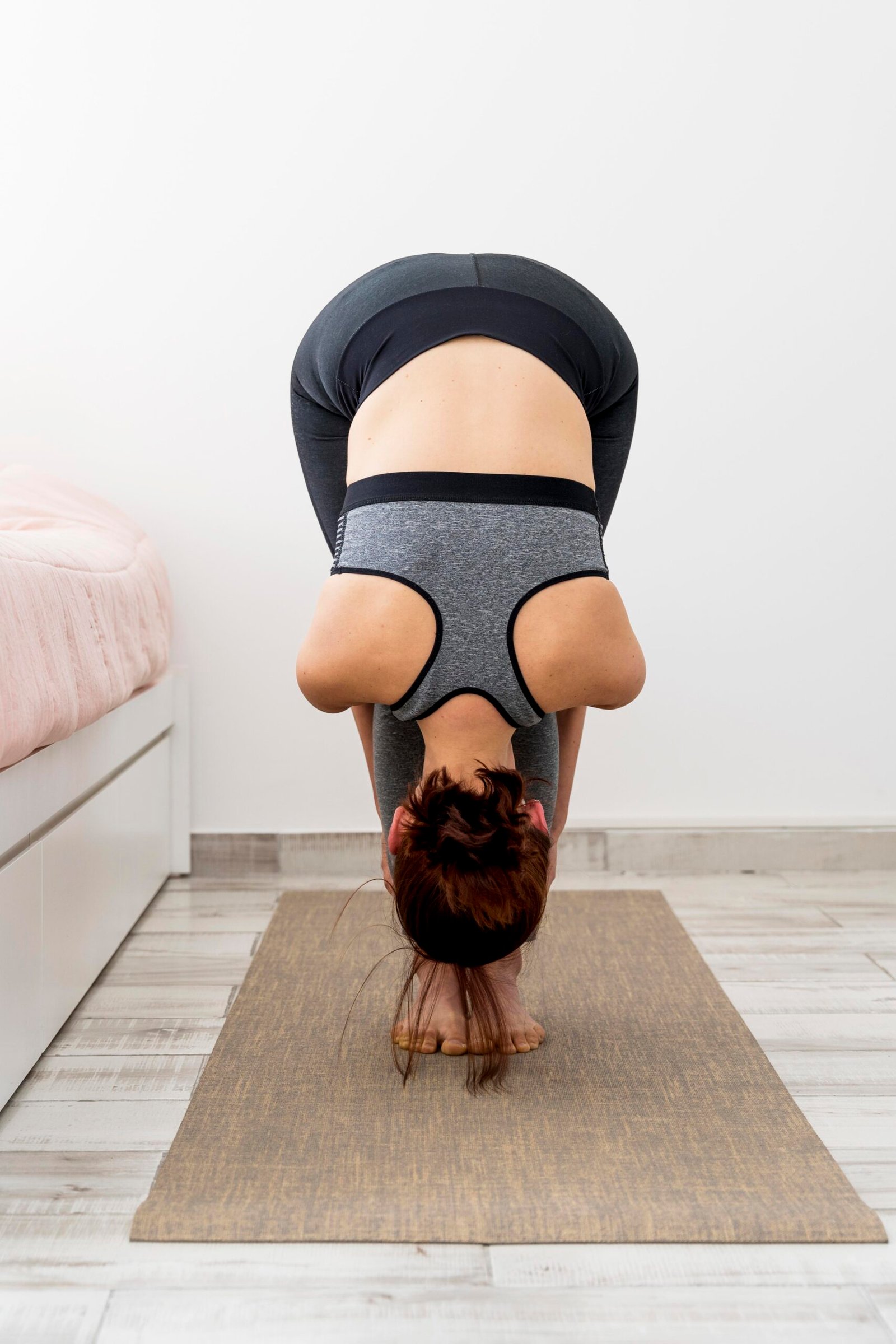
This is a powerful position because it stretches and strengthens the body in multiple ways. Stretching the calves, hamstrings, and lower-back muscles helps to strengthen the shoulders and arms. Athletes with tight hamstrings or stiff shoulders may struggle to feel comfortable in the posture at first, but with repetition, the body will adjust and may even learn to want it.
Begin on hands and knees, with the hands under the shoulders and the knees beneath the hips. Walk the hands one hand length ahead, tuck your toes under, and raise your hips into the air. Consider where your weight shifts. Maintain a small bend in the knees while working to lift the tailbone toward the sky.
Root down with all ten fingers and press the floor away. Draw the shoulder blades down the back, away from the ears. Hold for three to five breaths, then return to hands and knees.
2. Side Angle
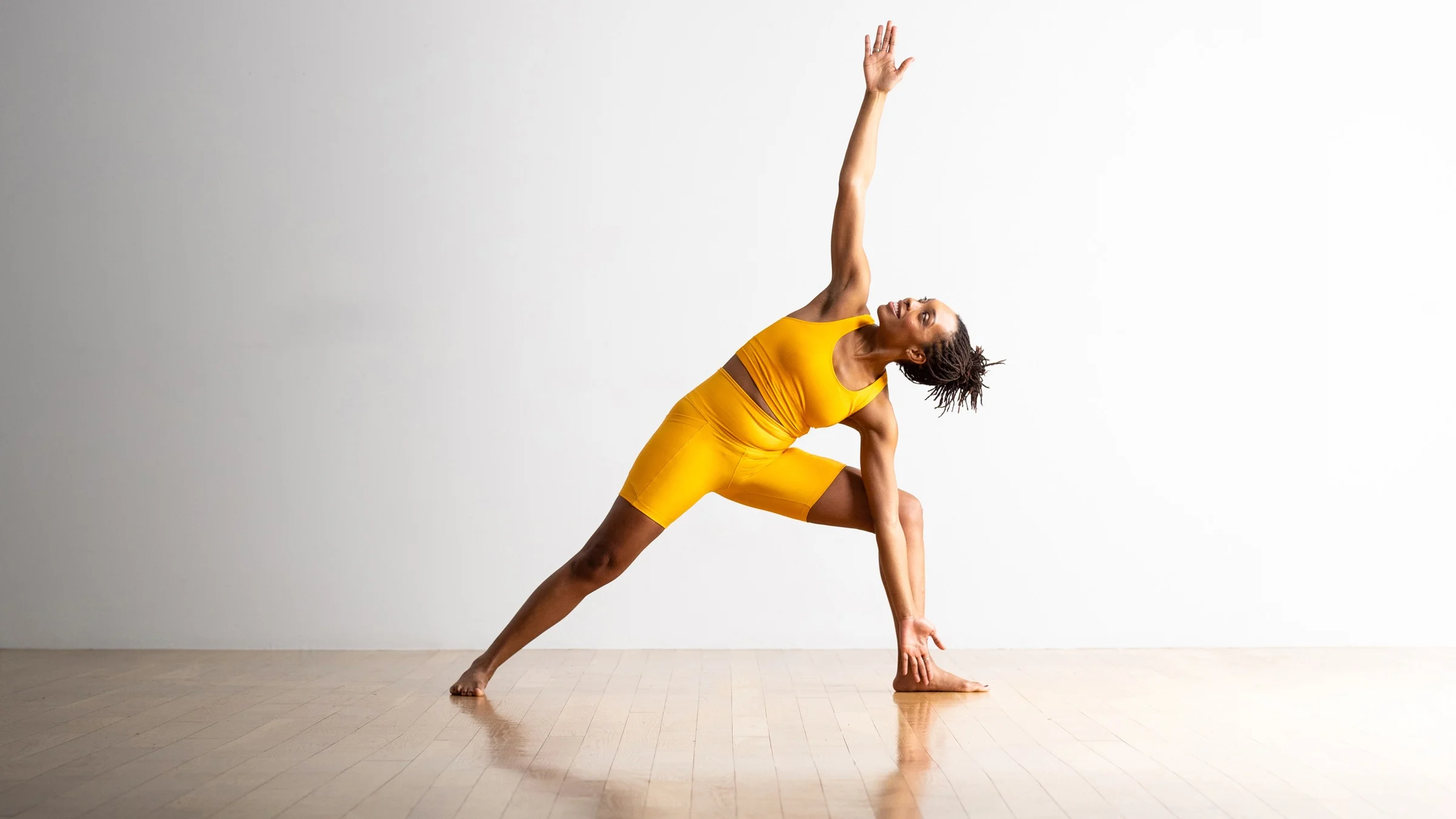
This pose stretches and strengthens the legs and hips, improves balance, and increases focus.
Step back into a wide stance with your left foot from a standing position. Plant your entire left foot on the floor at about a 45-degree angle. Bend the right knee and keep it in line with the ankle. Lift the right forearm to the top of the right thigh. Stretch the left arm toward the sky while sinking the hips downward. Lift the chest, rolling the ribs and left hip up. Hold for three to five breaths before switching sides.
3. Boat
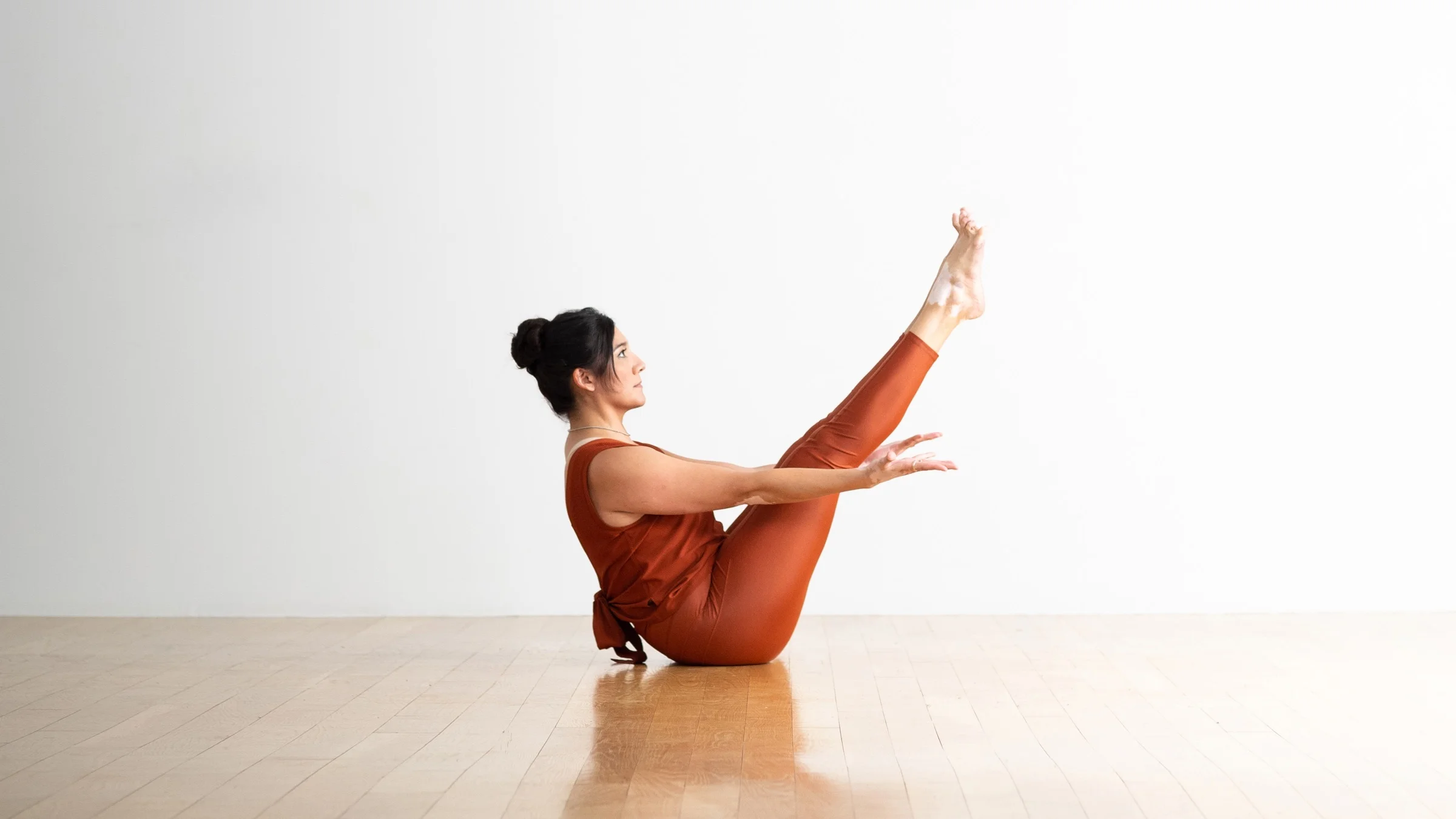
This pose works the core muscles, notably the transverse abdominis, and strengthens the hip flexors and upper back.
Begin sitting with your legs bent and your feet flat on the floor in front of you. Stretch the arms out to either side of the legs, palms facing up. Inhale and stretch the spine, raising the chest. Exhale and start moving the torso backward until you feel the back curve. Pause at that point and hold for three to five breaths, maintaining the strongest V-shape possible.
Lift the legs into a tabletop posture or straighten them completely to form a full V-shape, increasing the intensity of the pose.
4. Pigeon
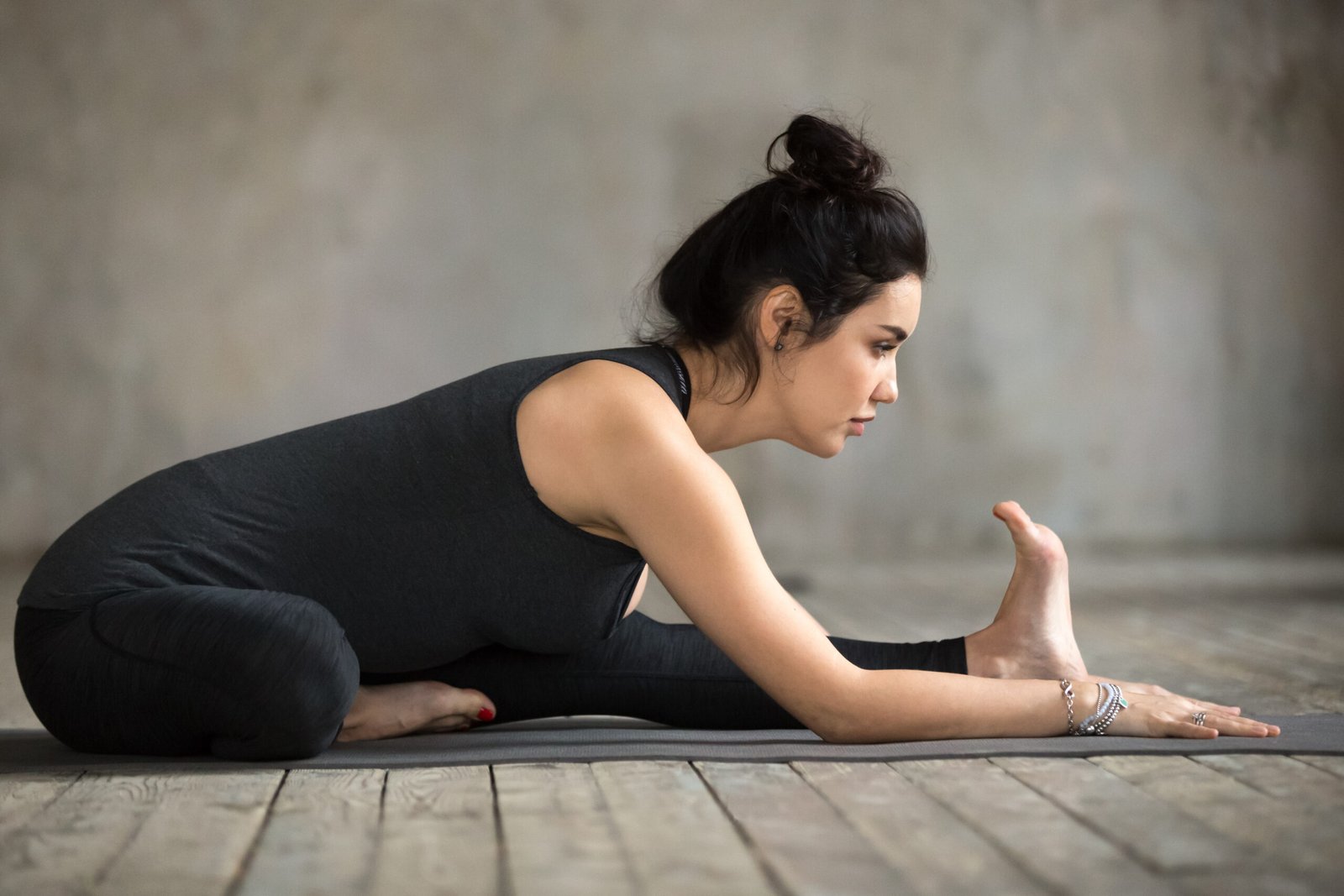
This pose effectively stretches the hip flexors, psoas, glutes, and outer hips. Variations also help you to open your chest and shoulders and stretch your quadriceps.
Begin on hands and knees. Bring the left knee to the outside of the left wrist, and place the shin on the floor, ankle toward the right wrist. The left shin is striving to go parallel to the upper border of the yoga mat. Slide your right leg back till you feel a nice stretch. Square your hips, and if they aren’t touching the floor, lay a yoga block, blanket, or pillow beneath them for support. Inhale and lengthen your spine. Exhale and walk your hands forward so that your chest moves near the floor. Hold for five to ten breaths, then switch sides.
To increase chest and shoulder openness, keep the hands close to the body and the torso upright. Lift the chest and rotate the shoulders down and back, away from the ears. To add a quad stretch, bend the left knee and reach back to grip the left foot with the left hand.
5. Twisting Lunge
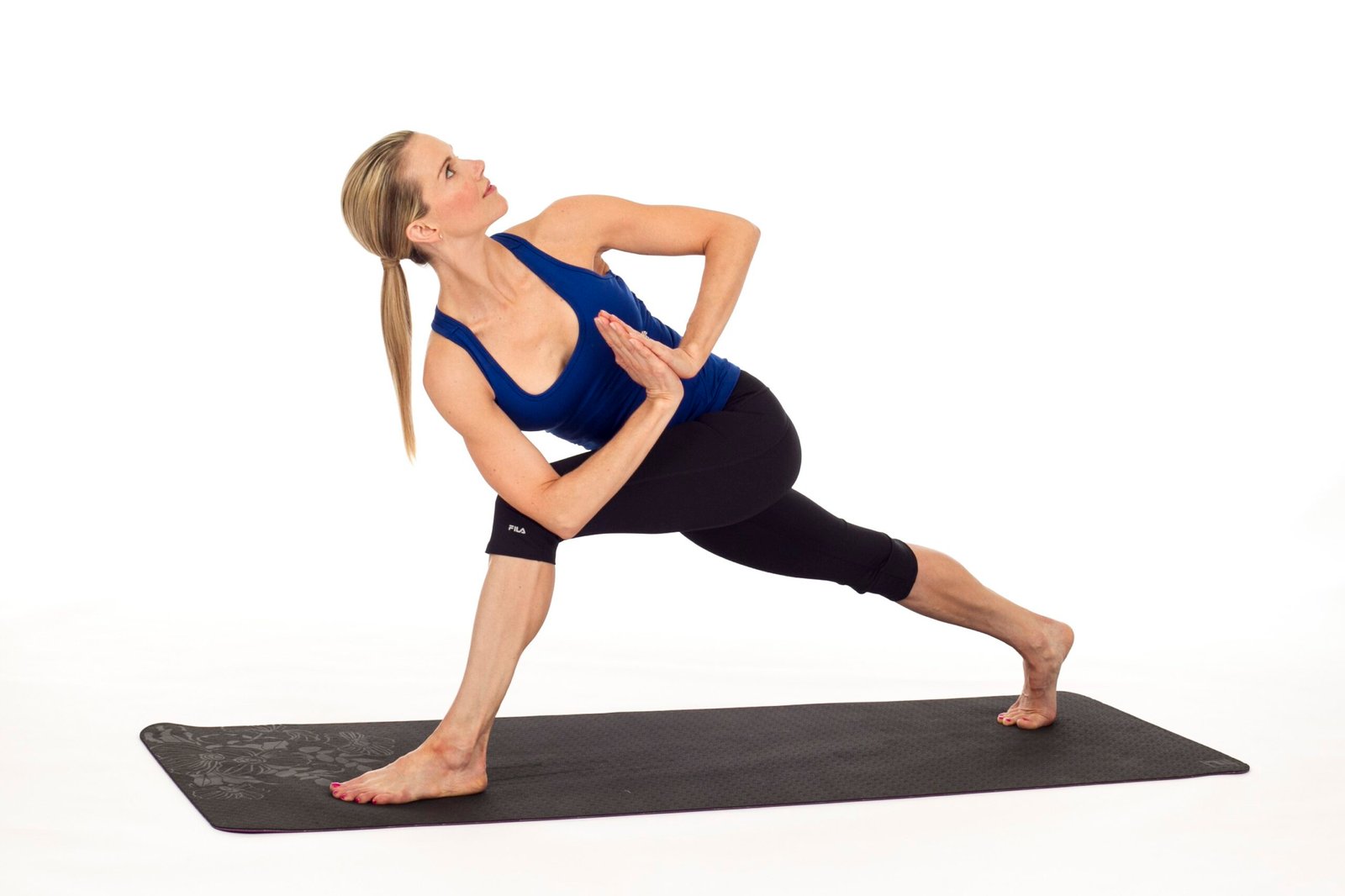
Twists are great for the spine. Twisting in a lunge helps to stretch and strengthen the legs and hips.
Step the left foot forward till it rests between your hands. Continue to move the left foot forward until you feel a good stretch in your inner thighs and hips. Allow the hips to drop toward the floor. Inhale, then sweep your left arm up toward the sky, opening your chest and shoulders. Wrap the left arm across the lower back to provide further shoulder openness. Hold for five breaths, then switch sides.
Pick up the rear knee for a stronger leg position that also tests your balance.


